HANH NGUYEN
(According to Bloomberg, Washington Post)
Japanese Prime Minister Fumio Kishida decided to bring the Group of Seven (G7) summit to his hometown of Hiroshima to persuade world leaders to abandon nuclear weapons. Instead, ally the United States plans to bring more nuclear weapons to the region to deter common enemies.
Japanese Prime Minister Kishida (left) at Hiroshima airport on the afternoon of May 18. Photo: Nikkei Asia
At the G7 summit, which opens today, Kishida’s long-held ambition of a “world without nuclear weapons” is likely to clash with the reality of the security challenges posed by China, North Korea and Russia, Japan’s neighbors that possess about half the world’s nuclear warheads. The contrast will be even more stark as leaders of the world’s richest nations will visit the Peace Memorial Park in Hiroshima on the first day of the summit, 78 years after the first atomic bomb was dropped by the United States, killing 140,000 people.
Japan, the only country to suffer atomic bombings in war, has spent the past eight decades pursuing a pacifist foreign policy, opposing the development of nuclear weapons and urging other countries to abandon them. In his 2020 book “Towards a World Without Nuclear Weapons,” Kishida describes the stories he heard from his grandmother as a child about the devastating effects of the atomic bombing and how those stories became the driving force in his political career. Kishida took office as prime minister in 2021 and last year became the first Japanese leader to address the United Nations review conference of the Nuclear Non-Proliferation Treaty (NPT). He called for greater transparency in nuclear power and continued reductions in the number of nuclear weapons globally. Therefore, holding the G7 summit will be the greatest opportunity for Prime Minister Kishida to emphasize his message on nuclear disarmament.
But at the three-day summit in Hiroshima, leaders will discuss ways to extend the U.S. nuclear umbrella to non-nuclear allies like Japan and South Korea. “The nuclear threat from Russia, coupled with the rapid buildup of capabilities by China and North Korea, has highlighted the nuclear weapons problem in Northeast Asia,” said Ankit Panda, a nuclear weapons expert at the Carnegie Endowment for International Peace. Decision-makers in these countries are increasingly concerned about the prospect of nuclear threats in future crises, so they are doubling down on their independent defense capabilities and building their own alliances with the United States, Panda said.
The world accelerates in the opposite direction
Dealing with Russian President Vladimir Putin, who has threatened to launch a first nuclear strike on Europe over the Ukraine conflict, will also be high on the agenda in Hiroshima. Beyond that threat, China’s growing arsenal of nuclear warheads and missiles also drew the attention of G7 foreign ministers when they met last month. A US Defense Department report last year estimated that Beijing’s nuclear warheads had surpassed 400 and would have about 1,500 by 2035.
Meanwhile, North Korea has accelerated the pace of testing nuclear-tipped missiles designed to reach the US, Japan and South Korea. Polls in South Korea often show a majority want the government to develop its own nuclear weapons, while US President Joe Biden has recently pledged to deploy nuclear weapons if necessary to defend Seoul.
Source link


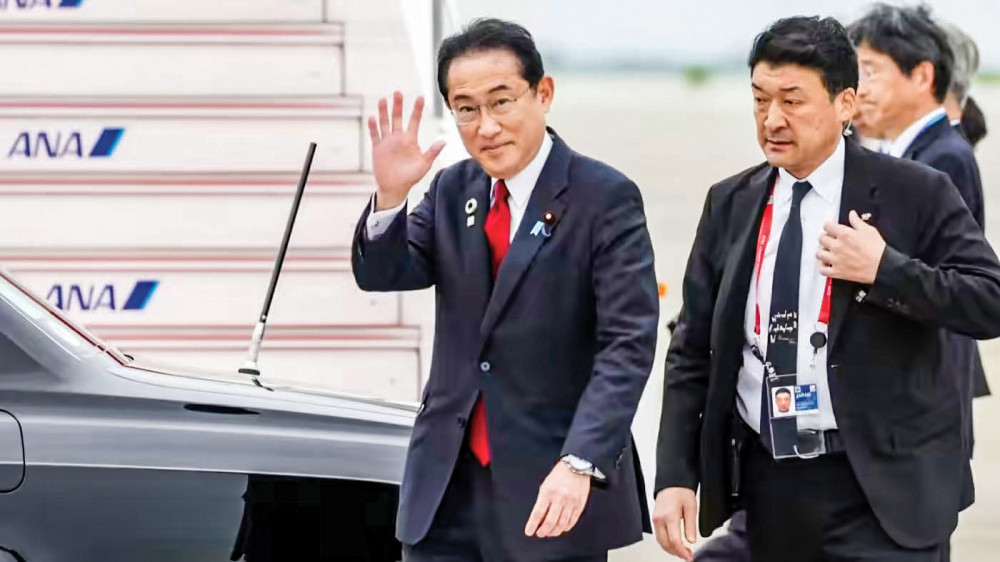


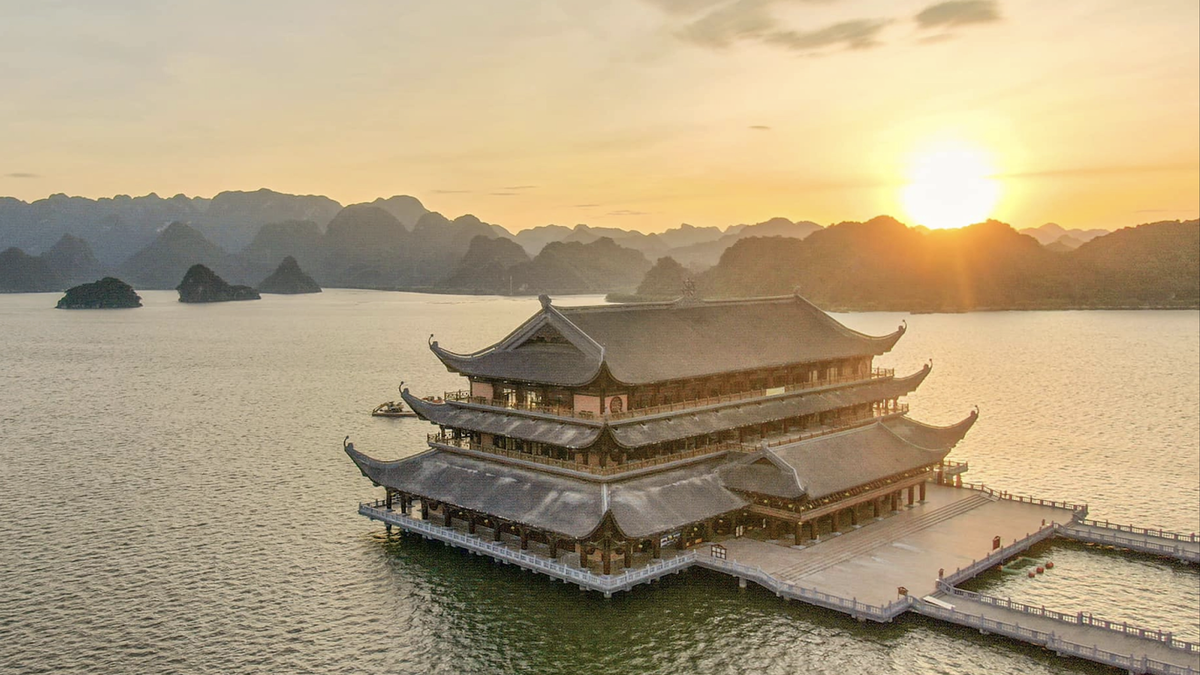






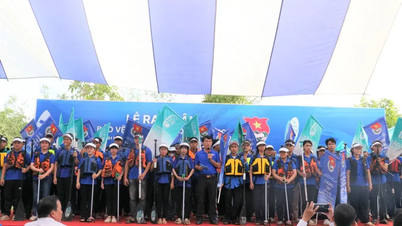

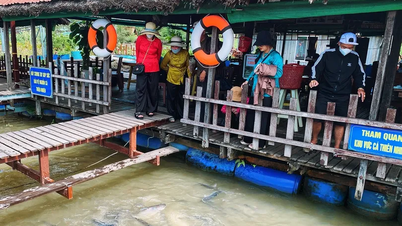





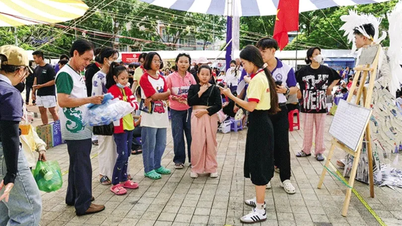
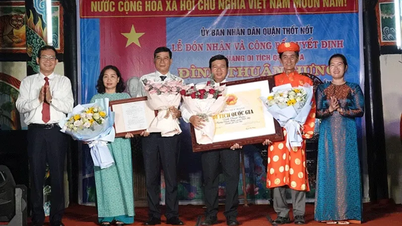
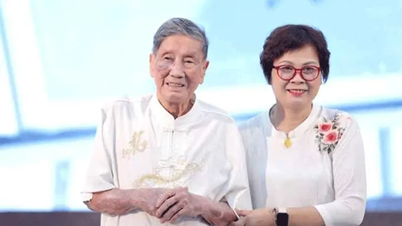

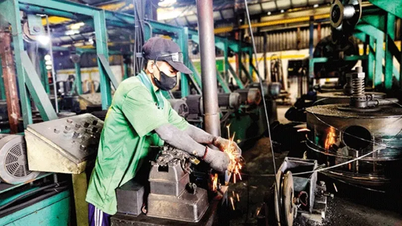










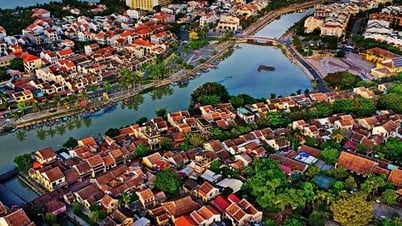





















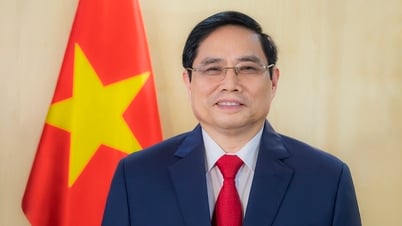

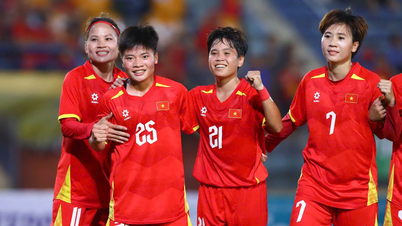

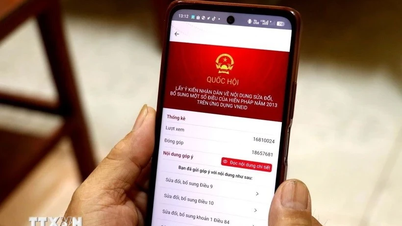


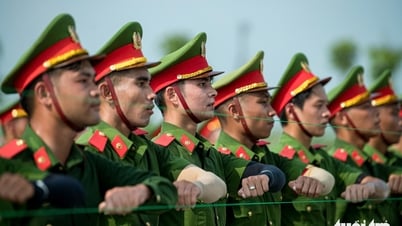
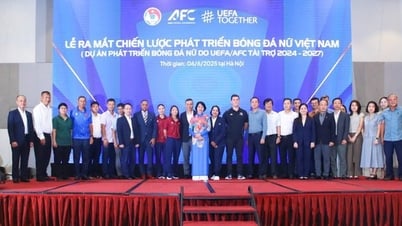






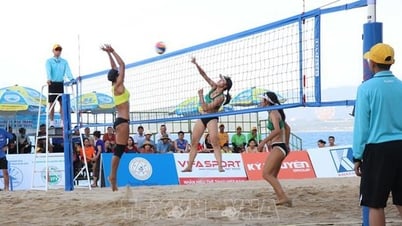
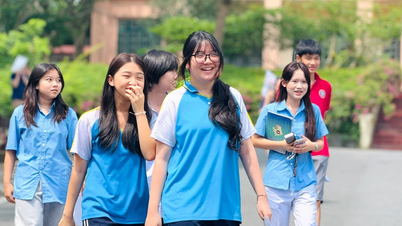







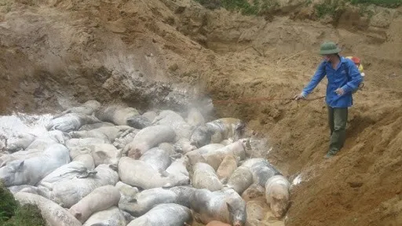
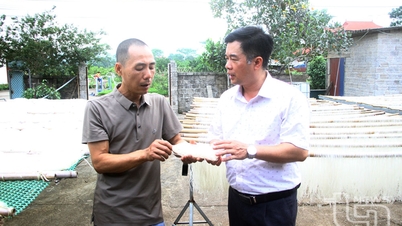

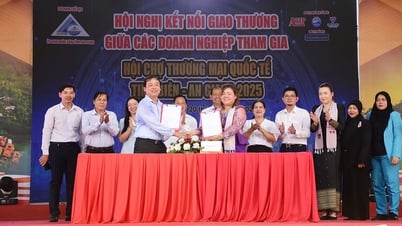







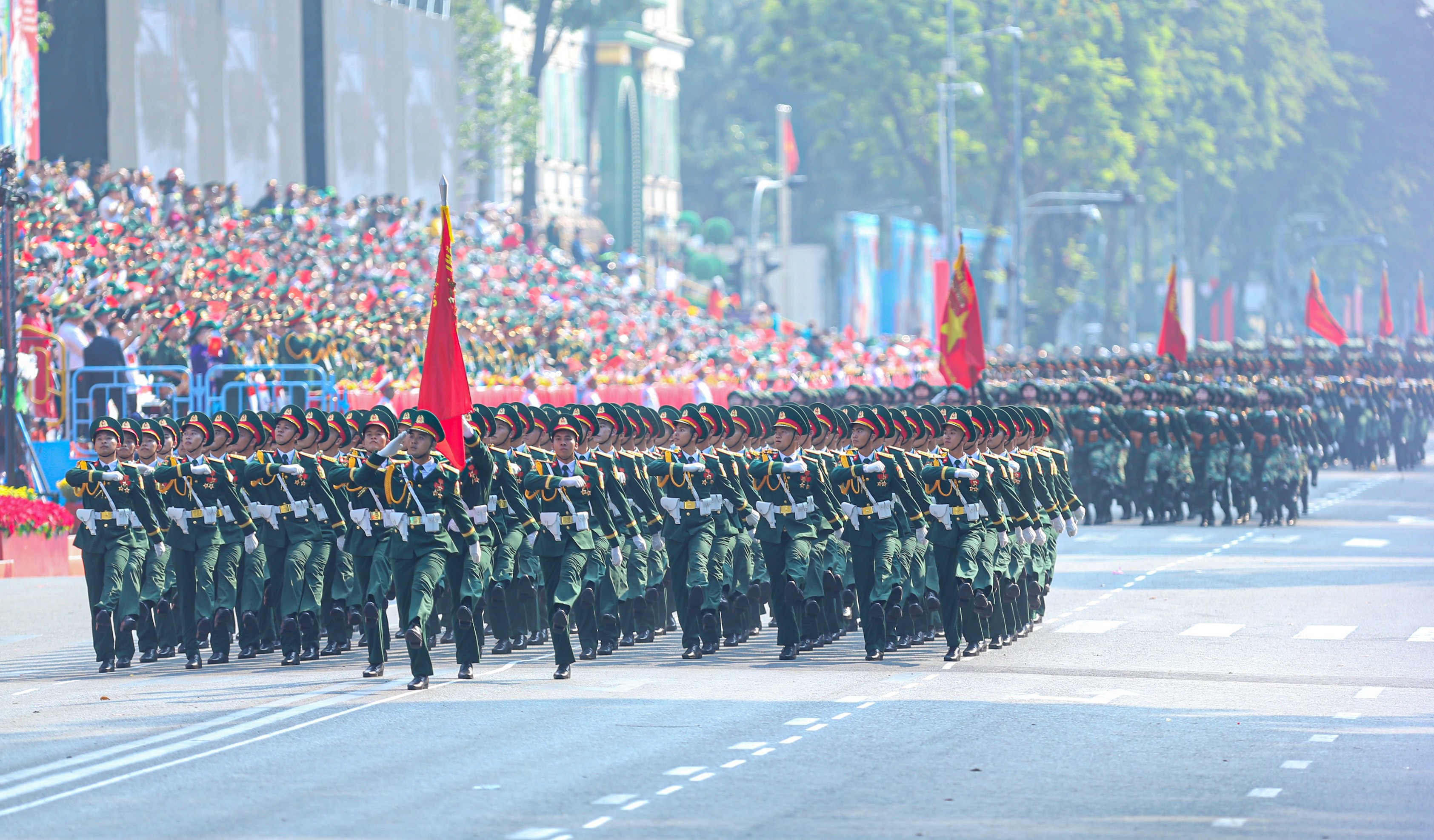

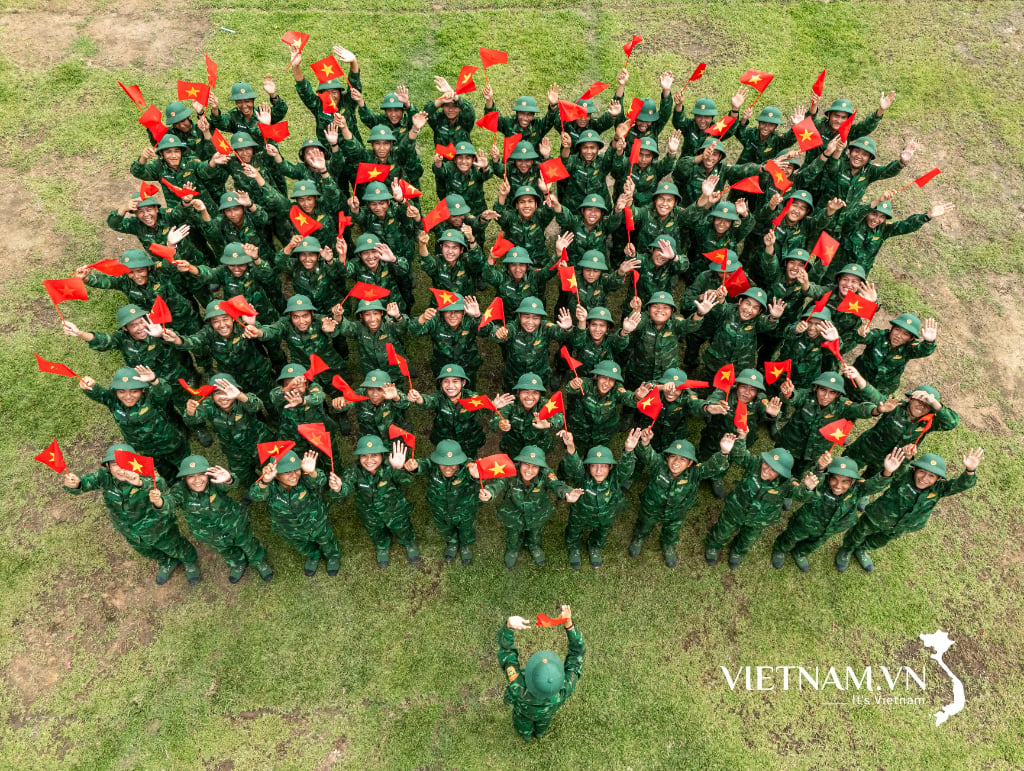

Comment (0)